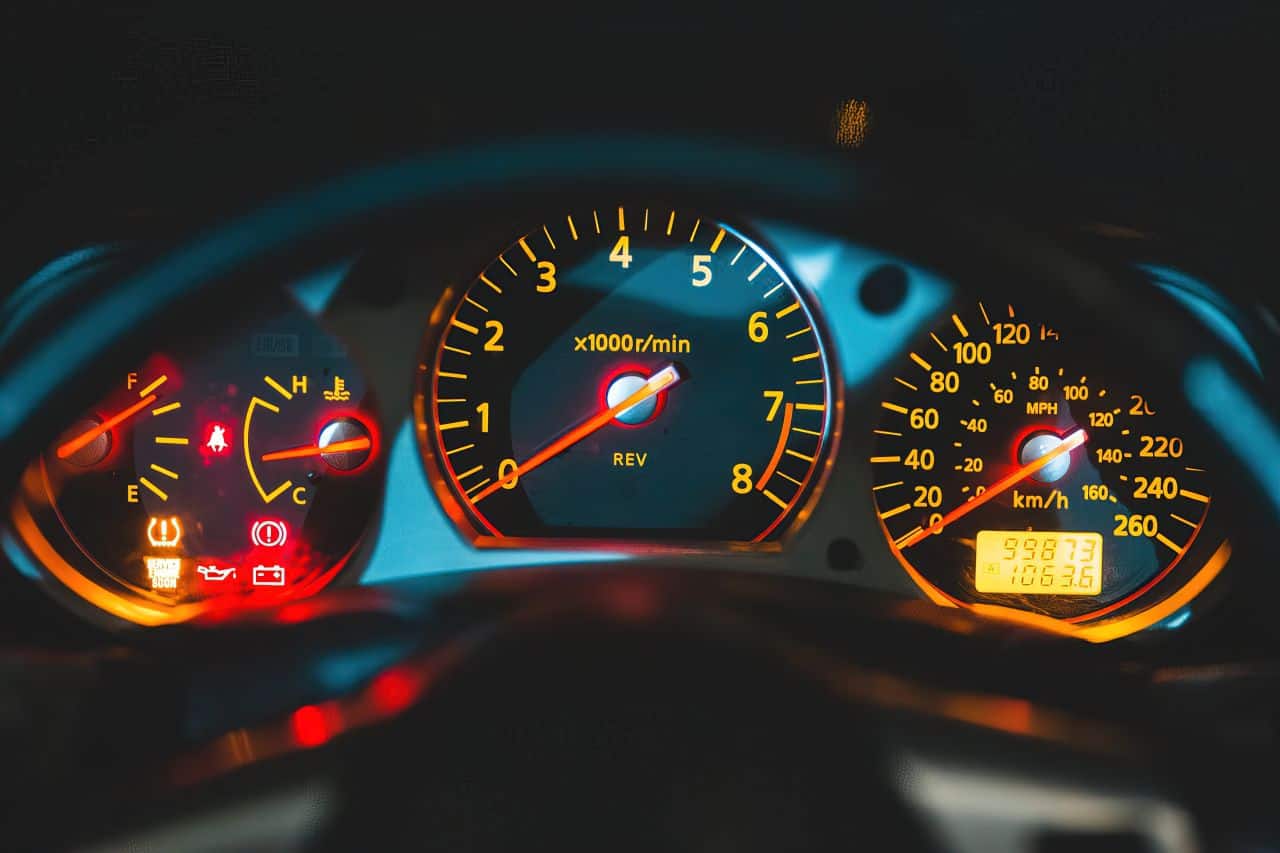Your car is composed of hundreds of different parts, which means that there are also hundreds of ways that things can go wrong. Fortunately, the warning lights on the dashboard can help clue you in on the potential issues you may be experiencing.
Many of these warning lights are easy enough to understand. The low fuel indicator tells you that it’s time to fill the tank. The seatbelt light lets you know that you aren’t buckled up. The tyre pressure light means one or more of your tyres need to be reinflated. In addition to being straightforward, these lights are not as worry-inducing.
Meanwhile, the other lights on the dash can signal more serious concerns. They are often orange or red in colour to indicate their urgency. Here are a few of the most common ones and what they mean so you can deal with them accordingly.
Check Engine
The check engine light can be as frustrating as it is worrying, since it can mean a lot of potential issues. It can be something as simple as a loose gas cap, or as serious as compression loss. The good thing is that most modern cars have on-board diagnostic (OBD) systems, which can help you figure out the issue a little easier.
If the check engine light activates while you’re driving but isn’t accompanied by any other symptom, find the nearest auto shop. Stop over and then run the OBD so you can find out what’s wrong. This way, if the problem is something you can’t handle, there’s a mechanic nearby who can help you out.
Meanwhile, if the light activates and your car starts emitting noises, becomes difficult to handle, or manifests any other alarming issue, pull over ASAP. Have your car towed and brought in for a thorough inspection to prevent any accidents and/or further damage to your vehicle.
Brake Warning
One of the red indicators on your dash is the brake warning light. It turns on whenever you have an issue with your car’s brakes, including low brake fluid levels and problems with the brake pad sensors. (Remember that this light also turns on if the handbrake is engaged, too, so remember to release it before driving!)
It’s dangerous to drive with brake system troubles so make sure to have these issues fixed ASAP. If the issue is mechanical (e.g., worn parts), you’re going to have to replace certain components because repairs simply won’t cut it. Make sure to source quality brake parts, especially if you have an older vehicle. This store can be your go-to for popular Chrysler, Dodge, and Jeep models.
Oil Pressure
The oil pressure light is also red in colour, which means you should stop driving immediately once it comes on and have your car checked. It could indicate that there’s not enough pressure to keep the oil circulating or there’s an oil leak somewhere. This light can also mean that there’s either too much or too little oil reaching the engine.
All of the above-mentioned issues can cause engine damage, so you really have to pay attention to this warning light. Sometimes, the problem can be resolved by simply topping up the engine oil. It’s still best to be 100% sure, however, so bring your car to your trusted mechanic for proper diagnosis.
Battery Warning
The battery warning light is yet another red-coloured indicator on the dashboard. When this turns on, it could mean that there are loose or corroded cables. It can also mean that there’s something wrong with the charging system, or that you have a worn alternator. Of course, it’s also possible that the battery itself is the issue.
The “good” thing about the battery warning light is that it’s easy for you to isolate the problem. A key thing to remember here is that your car can run normally even if this warning light is on. Don’t feel complacent, though! Perform a diagnostic check and address the problem ASAP so it doesn’t turn into something more serious and costly.
Coolant Temperature Indicator
Like the battery warning light, the coolant temperature indicator is rather self-explanatory. It can only mean two things: your car’s engine is too hot and/or you need to top-up the antifreeze. The tricky part is figuring out why these are happening. Some of the likely culprits are a leaky radiator, a faulty water pump, or a damaged head gasket.
There are car models that have a blue coolant temperature indicator aside from the usual red. The blue light means the engine is cold, which is often the case if you haven’t driven in a while. You can still use your car while this light is on; however, do take care not to overwork your engine until it warms up and the blue light goes off.
Keep in mind that all lights on your dashboard play important roles in your driving safety. It’s good practice to familiarise yourself with them so you know what each one means!
Safe travels!

